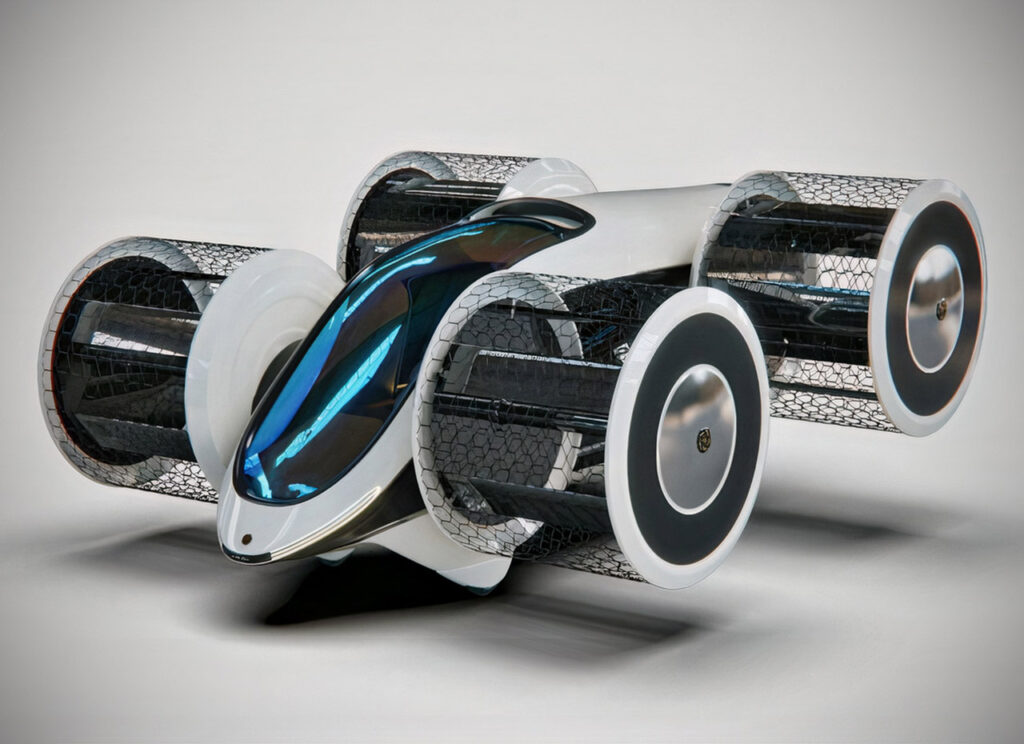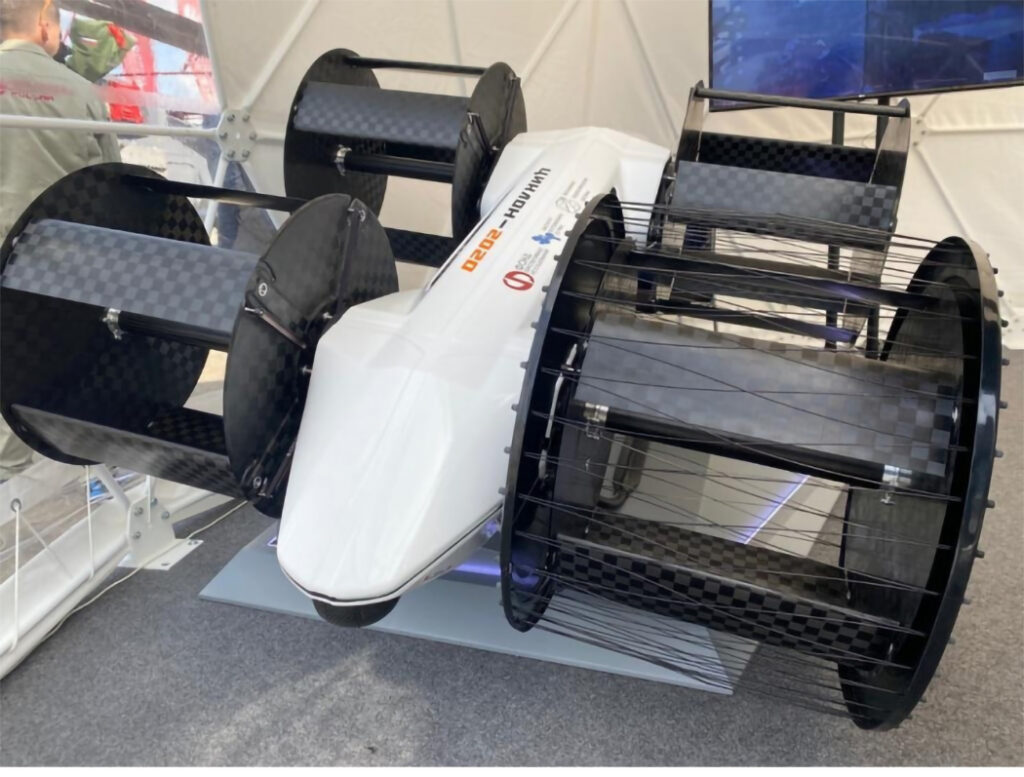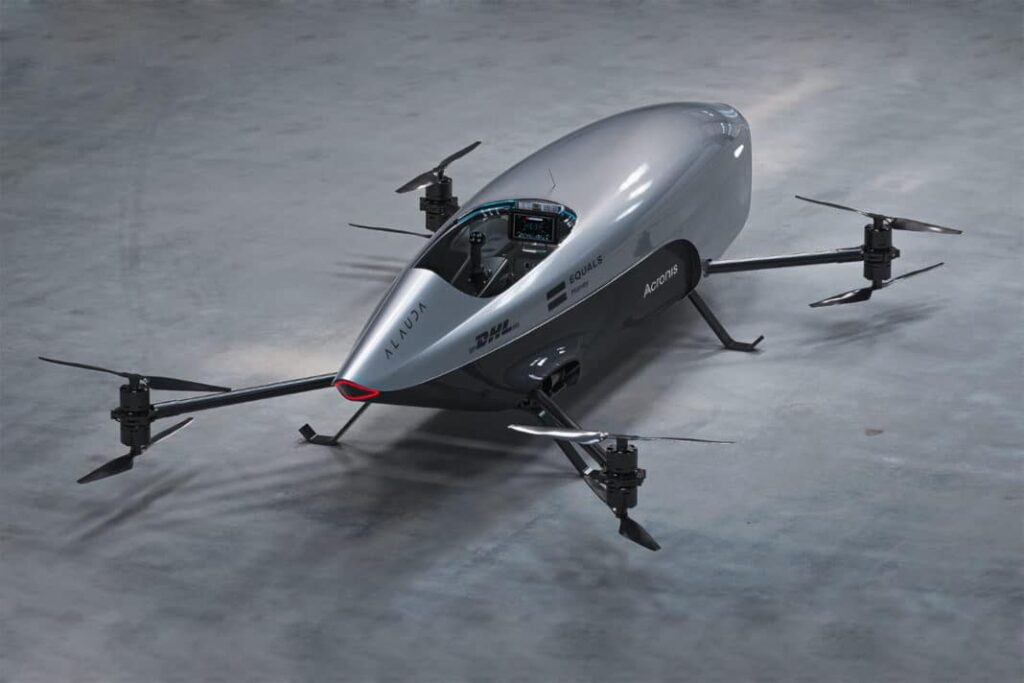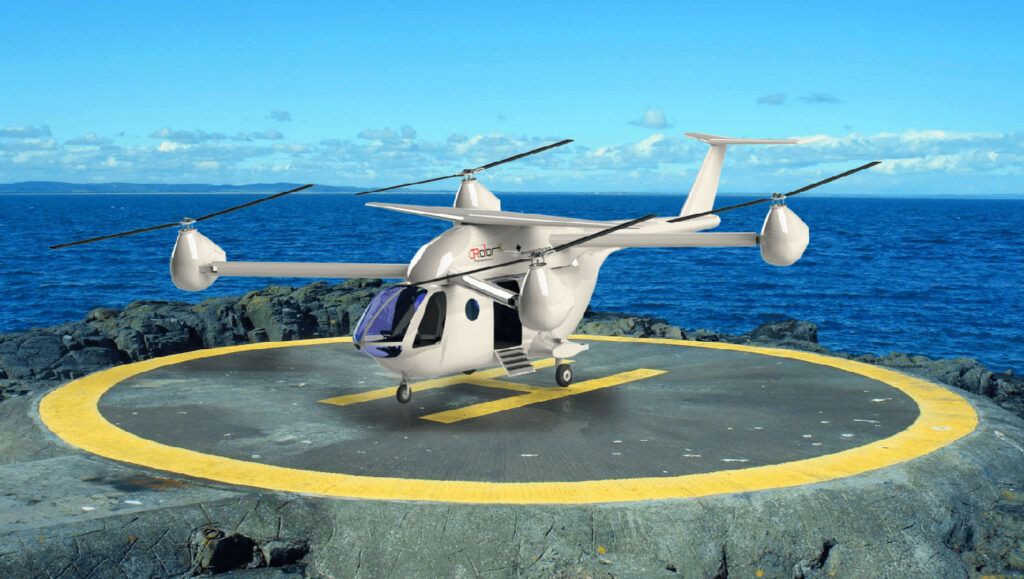Cyclocar, a Hybrid-Electric Flying Car for the Russian Military

The federal government of Russia announced this week that they would continue the development of the Cyclocar prototype. First, they will have test flights in 2022. Then, according to their plan, they will start production in 2024.
Cyclocar is a hybrid-electric autonomous vertical takeoff and landing (VTOL) aircraft. It has four cyclical propellers for its propulsion, with a maximum payload capacity of 1,323 pounds (600 kg), and can carry six passengers.
The government announced that they made a successful test flight using a mini prototype that weighs 140 pounds last year.
Full-sized Cyclocar specs
The full-sized Cyclocar, which will have a maximum speed of 155 mph (250 km/h), will measure 20.3 feet by 19.6 feet (6.2 by 6 meters). It can transport soldiers up to a range of 311 miles (500 km) on a full charge. Cyclocar has a four fixed-wheeled landing gear design. The design of the landing gear ensures maximum safety. It will allow Cyclocar to touch down safely on areas with a 30-degree pitch. In addition, the compact aircraft will have fast thrust vector control, low noise levels and emissions-free.
It will have a fully electric powertrain when it makes its maiden flight in 2022. The full-sized hybrid version will come later.
The Cyclocar can dock to vertical surfaces. Passengers can enter the aircraft from the stern and the sides. The rear door has a ramp that will help in moving special equipment and gear in or out.
According to the specifications, piloting the aircraft is easy. It can fly like a full-fledged drone, with someone operating a ground control point. It also has an onboard communication system that includes a gadget in the operating area. An onboard pilot can also fly the aircraft.

Purpose
The cyclolet is envisioned to be used for various purposes, such as transporting personnel for impossible to access areas. It will be available for military and civilian use, including battlefield transport, surveying, tourism, fire-fighting, police work, search and rescue, and urban air mobility. Their priority right now is to have Cyclocars available for the country’s armed forces.
More flying cars

Flying cars are not only designed for air taxis and airbuses. Flying cars can become racing cars. The idea is now a reality, thanks to Alauda, an Australian startup.
The company has recently unveiled the Airspeeder Mk3, the first full-size electric flying race car in the world. It is already slated to take part in the first race of the Airspeeder series, which is scheduled later in the year. The electric vehicle, capable of vertical landing and takeoff, can be operated remotely.
The company is now manufacturing more than ten identical Mk3 flying race-craft at the technical headquarters of Airspeeder in Adelaide, South Australia.
The Airspeeder Mk3s will be unmanned for the initial race, with their pilots controlling the aircraft remotely. The flying car race will be a flight testbed. Alauda will gather data on vehicle performance, dynamics, powertrain technology, and safety and use the data for the future design and specs of the Mk4 racers, which will be manned models.
The production of the MK3s will have an impressive team of engineers from Brabham, Rolls-Royce, Jaguar Land Rover, Boeing, Babcock Aviation, and McLaren.
In the United States, the Rotor X Aircraft Manufacturing Company (RX) also recently announced that they would have an electric air taxi, which they claim is the most efficient helicopter in the world.
They call their eVTOL aircraft RX eTransporter, which has a patent-pending design. The electric air taxi is suitable for industrial and civilian use. It can seat six passengers and carry a cargo of up to 1,600 lbs (726 kg).
RX eTransporter has four rotors, a T-tail and a small top wing that make its takeoff more efficient. The company says they will have military and civilian versions of the aircraft. They will start flight tests as experimental aircraft in Alaska in 2022. The company is already seeking FAA airworthiness certification later this year.
You can expect to see more flying electric cars and buses later in the year. Are you ready for it?
